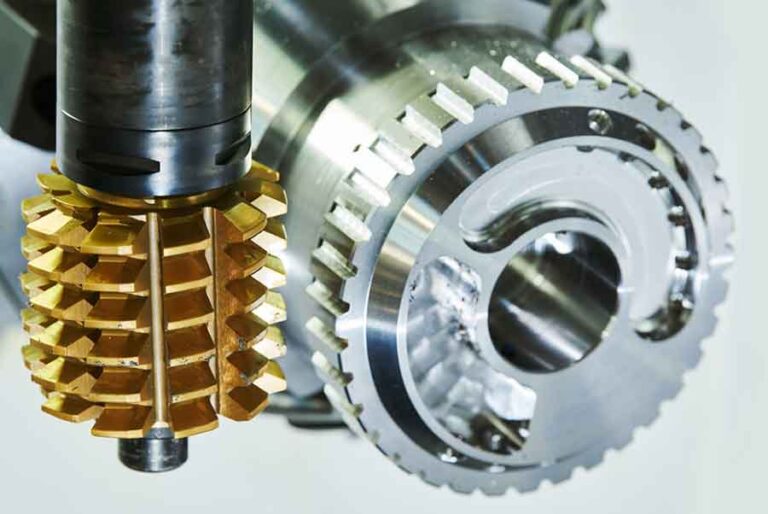How a Hammer Mill Crusher Transforms Wood and Biomass Material

Efficient processing of wood and biomass is crucial for industries such as energy production, agriculture, and waste management. Traditional methods of reducing wood and plant material are labor-intensive and inefficient. A Hammer Mill Crusher offers a practical solution by breaking down large pieces of wood, agricultural residues, and other biomass into smaller, uniform particles. This equipment enhances productivity, reduces waste, and creates versatile material for further applications.
One of the main advantages of a Hammer Mill Crusher is its ability to transform bulky, raw materials into usable forms quickly and efficiently. The machine uses rotating hammers to crush wood, straw, crop residues, and other biomass into fine particles. This process not only reduces storage and transportation challenges but also prepares the material for applications like pellet production, composting, and bioenergy generation.
Key Features of a Hammer Mill Crusher
A Hammer Mill Crusher is designed for durability, high efficiency, and versatility. Its main components include a rotor equipped with multiple hammers, a feeding system, and a screen to control particle size. The rotating hammers strike the material repeatedly, breaking it down into smaller, consistent particles. Adjustable screens allow users to control the output size depending on the intended use of the material.
The feeding system ensures smooth and continuous operation, while powerful motors provide the energy needed to handle tough materials such as hardwood, bamboo, and agricultural residues. Safety features, including protective covers and emergency stops, ensure secure operation while reducing the risk of accidents.
Benefits of Using a Hammer Mill Crusher
1. Efficient Material Processing: Hammer mill crushers significantly reduce the time and labor required to process wood and biomass. They can handle large volumes of material quickly, improving overall productivity.
2. Versatile Applications: The output from a hammer mill crusher can be used in various industries. Wood and biomass particles are ideal for pellet production, animal bedding, composting, and bioenergy generation, making the machine highly versatile.
3. Consistent Particle Size: By controlling the screen size, operators can achieve uniform particle sizes. Consistent material improves efficiency in downstream processes like pellet making or combustion in biomass energy plants.
4. Cost and Labor Savings: Automating the crushing process reduces manual labor, saves time, and lowers operational costs. This makes the hammer mill crusher a cost-effective solution for processing large amounts of material.
Applications in Wood and Biomass Processing
Hammer mill crushers are widely used in biomass energy production. Shredded wood and crop residues can be compacted into pellets or briquettes for fuel, providing a renewable and eco-friendly energy source. In agriculture, hammer mill crushers convert crop residues into feed or compost material, enriching soil fertility and promoting sustainable farming practices.
In wood processing and manufacturing, these crushers handle scrap wood, sawdust, and wood chips efficiently. The resulting particles can be used for particleboard, MDF, or as mulch for landscaping. Municipalities and recycling centers also use hammer mill crushers to process yard waste, tree trimmings, and organic debris, reducing landfill use and creating reusable materials.
Maintenance and Safety Considerations
Regular maintenance is essential to ensure the longevity and performance of a hammer mill crusher. Operators should inspect hammers, screens, and motors periodically and replace worn parts when necessary. Cleaning the machine after use prevents material buildup, which can affect performance. Following manufacturer guidelines for lubrication and routine inspections ensures optimal operation.
Safety is also critical. Operators should wear protective gloves, goggles, and sturdy footwear, and follow safety protocols when feeding material or performing maintenance. Using the machine correctly reduces the risk of accidents and ensures a smooth, efficient process.
Conclusion
A Hammer Mill Crusher is an indispensable tool for transforming wood and biomass material into manageable, reusable forms. Its ability to process large volumes quickly, produce uniform particles, and support multiple applications makes it valuable in energy production, agriculture, and waste management. By improving efficiency, reducing labor, and promoting sustainable practices, the hammer mill crusher plays a vital role in modern wood and biomass processing operations.






